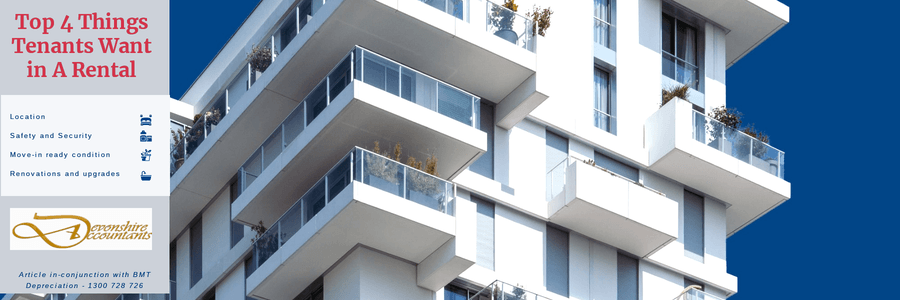Primary Production Assets & Depreciation

Cattle farms, vineyards, sheep stations and poultry farms are just some examples of the common primary production industries across the country. The sometimes-unforgiving Australian climate means those in the business of primary production should always leverage available deductions to help their cash flows.
The general rules of depreciation usually apply to assets used in these industries. However the Australian Taxation Office (ATO) has a number of special rules for depreciating the following assets:
- Water facilities
- Fencing assets
- Fodder storage
- Horticultural plants
One set of rules doesn't cover all these assets. Therefore, at BMT we look at each asset individually to ensure its particular rules are applied correctly.
Water facilities
Dams, tanks, tank stands, bores, wells, irrigation channels, pipes, pumps, water towers and windmills are all examples of water facilities. A primary producer can fully deduct the value (or cost) of a water facility if it was incurred after 7:30pm on 12 May 2015 in the same year. However, previous rules apply if the water facility was purchased before this. This means the owner would instead deduct one-third of the cost in the year of purchase and one-third in each of the following two financial years.
Fencing
Fencing covers the asset itself and any structural improvement to a fencing structure (e.g. alteration, addition or extension). Like water facilities, a primary producer can fully deduct the value (or cost) of a fence if it was incurred after 7:30pm on 12 May 2015 in the same year. To be eligible, the fencing must be used wholly for carrying on a primary production business. For example, if the business owner also lived on the property in a farmhouse that had a personal garden with fencing, they couldn't claim this.
Fodder storage
Silos, hay sheds and dried grain bins are just some examples of fodder storage assets. To be eligible for the primary production rules the asset must pass the 'primarily and principally test'. A fodder storage asset will only pass this test if its main purpose is to store fodder. This means if a shed stored farm equipment, but once or twice a year it stored dried grain due to busy seasons, it wouldn't pass the 'primarily and principally' test. If a primary producer purchased or incurred an expense on their fodder storage on or after 19 August 2018, they can immediately deduct the total cost in the same year. This also applies if it was incurred before 19 August 2018 but first used or installed after this date. If a partial deduction has already been claimed in a previous income year, the previous year's tax return will need to be amended to claim a deduction for the full amount in the year it was incurred.
But what happens if a primary producer acquired a fodder storage asset in June 2018 and installed it after 19 August 2018? In this scenario, the owner would have deducted one-third of the asset's total in their 2017-18 tax return. However, given the new rules they would need to go back and amend this tax return and claim the amount in full.
Horticultural plants
Some examples of horticultural plants include grapevines, herbs and apple trees. Primary producers using these types of plants in the business of horticulture can claim depreciation on them. This is provided that they own the plant, and the expense was incurred after 9 May 1995 (or 1 October 2004 for grapevines). The deduction is based on the total cost of establishing the eligible horticultural plant. Some of these costs can include acquiring and planting seeds, ploughing, fertilising and soil enhancement. The effective life of the plant is what determines its depreciation. Primary producers can work out the effective life of a plant or refer to Tax Ruling 2020/3. An instant full deduction of the total cost is only available in the plant's first commercial season if the effective life is less than three years. However, it's important to note that if the primary producer is also a small business entity, they must use the uniform capital allowance rules to depreciate any horticultural plant.
Primary production assets and temporary full expensing
Since the introduction of the temporary full expensing policy, we have received many enquiries regarding how this policy works for primary production assets that usually qualify for the special rules. These assets are excluded from the temporary full expensing policy, unless the primary producer is a small business entity that opts to use the simplified depreciation rules for the assets.
Article Credit - BMT Tax Depreciation is Australia's leading supplier of residential and commercial tax depreciation schedules.
Contact us today on 07 3800 0807 to discuss how we can help you with Assets Deprecation for Farms



